- Nov 24, 2018
Blog Editor Comments: “Confusion Rocks” a good thing? SEL: Social & Emotional Learning. PBIS: Positive Behavioral Intervention & Support. Student “proud to be confused?” Are school teachers practicing unlicensed psychology on third graders? (And even in Pre-K) Do our readers remember Outcome Based Education? What do you readers think about the information in this story? By the way, whatever happened to ‘readin, ‘ritin and rithmeic?
St. Stanislaus Elementary School teacher Marcia Mihalovic reads “Trouble Talk,” a story about starting rumors, to third-graders as part of her social-emotional learning [SEL] class.
Every Thursday, Marcia Mihalovic greets a class of third-graders at St. Stanislaus Elementary School with “Four at the Door.” She looks them in the eye. She says their name. She shakes their hand, and she gives them a hug.
On this particular Thursday, they gather on the carpet to read a book called “Trouble Talk.” It’s about a girl who can’t keep from telling her friends’ secrets at school.
Mihalovic is coaching her students on social-emotional learning [SEL], a framework that has recently become popular in schools across the nation. It’s the process through which children are learning to manage their emotions, keep up positive relationships and make good decisions.
“It’s very proactive, it’s not reactive,” she said. “It’s getting in there before we see the behavior so we can use the things that occur after lessons to be teachable moments.”
St. Stan’s and Cotter High School use a social-emotional learning curriculum calledTop 20. Each month, the students have a new concept to think about — November’s concept is mistakes.
How it works
Fifth-grade teacher David Skeels said the curriculum fosters more mutual respect in his classroom, especially where mistakes are concerned. He’s open with his students about the mistakes he makes every day, and in turn, they can put a more positive spin on it.
Skeels keeps some Top 20-related phrases on buttons in his room, including one that says, “Confusion rocks.” Students often get a round of applause for being confused or making a mistake, like someone during a recent math lesson.
“She grabbed the button and put it on and she was proud to be confused,” he remembered, “because she was learning.”

St. Stanislaus Elementary School teacher Marcia Mihalovic visits students’ small groups during her social-emotional learning class on Thursday morning in Winona.
The Catholic schools in town aren’t alone in their implementation of social-emotional learning. Although Winona Area Public Schools doesn’t have a formal SEL curriculum, it’s on the hunt for one, and in the meantime, individual schools are trying their own forms of it. (Is this teachers trying their own form of practicing unlicensed psychology? – Blog Ed)
“Not everybody’s getting that (social-emotional learning) at home or outside of school,” said Maurella Cunningham, the district’s director of learning and teaching. “This may be a spot where you’re learning how to talk about your emotions and how to address different conflicts that you’re having as a student.”
Some critics of the framework have lamented thelack of quantitative evaluation in something that relies so heavily on qualitative outcomes. But although Mihalovic puts together a yearly binder to evaluate which lessons worked well and which didn’t, she said seeing anecdotal evidence that SEL is paying off is most rewarding.
In both school systems, the students start thinking about emotion management early. Mihalovic started bringing her Top 20 curriculum to kindergartners this year, and in the public schools, many preschool programs, like Community KIDS and Voluntary Pre- K, focus on social-emotional tools.

Megan Baumgartner, top left, talks with her other classmates on Thursday morning at St. Stanislaus Elementary School during their social-emotional learning class.
“It definitely has changed (my relationship with my students),” Skeels said. “I’ve felt much better about the way I’m able to discipline in the classroom, because it’s more self-discipline now.”
In the public schools, Cunningham is leading a professional development series on cultural competency. They’re examining themselves as cultural beings and how that impacts attitudes, beliefs and assumptions about students. It’s just one way to make students feel closer to the teachers they have at school.
Madeline Heim Reporter. Madeline Heim covers K-12 & higher education in Winona. A 2018 graduate of the University of Wisconsin-Madison, she previously interned at the Wisconsin Center for Investigative Journalism and the suburban community arm of the Milwaukee Journal Sentinel.
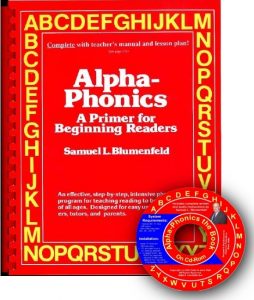


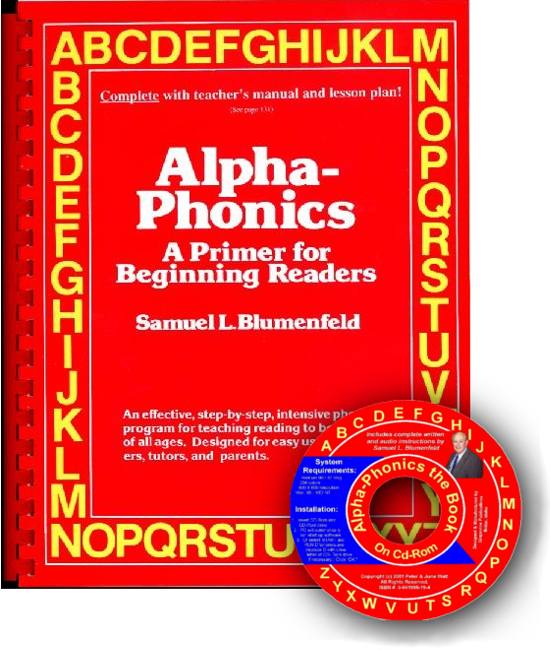 Alpha-Phonics
Alpha-Phonics The Alphabet Song!
The Alphabet Song! Water on the Floor
Water on the Floor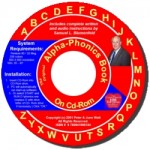 Alpha-Phonics the Book on CD Rom
Alpha-Phonics the Book on CD Rom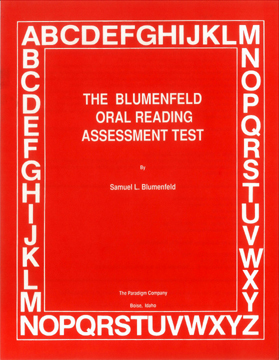 Blumenfeld Oral Reading Assessment Test
Blumenfeld Oral Reading Assessment Test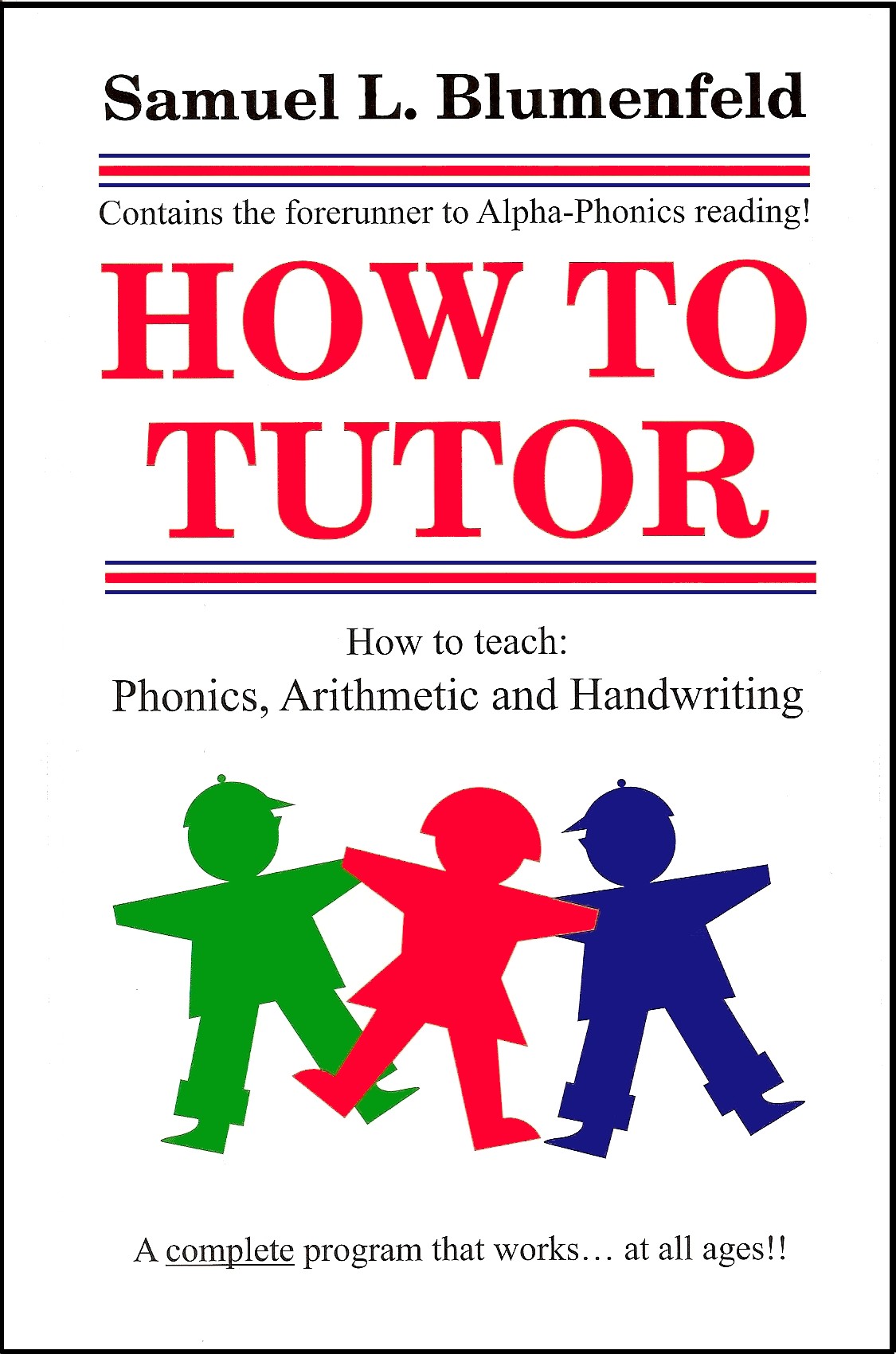 How To Tutor
How To Tutor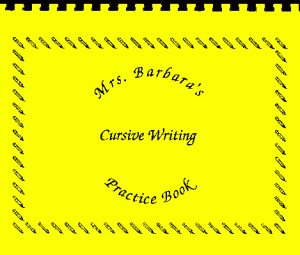 How To Tutor Cursive Handwriting Workbook
How To Tutor Cursive Handwriting Workbook